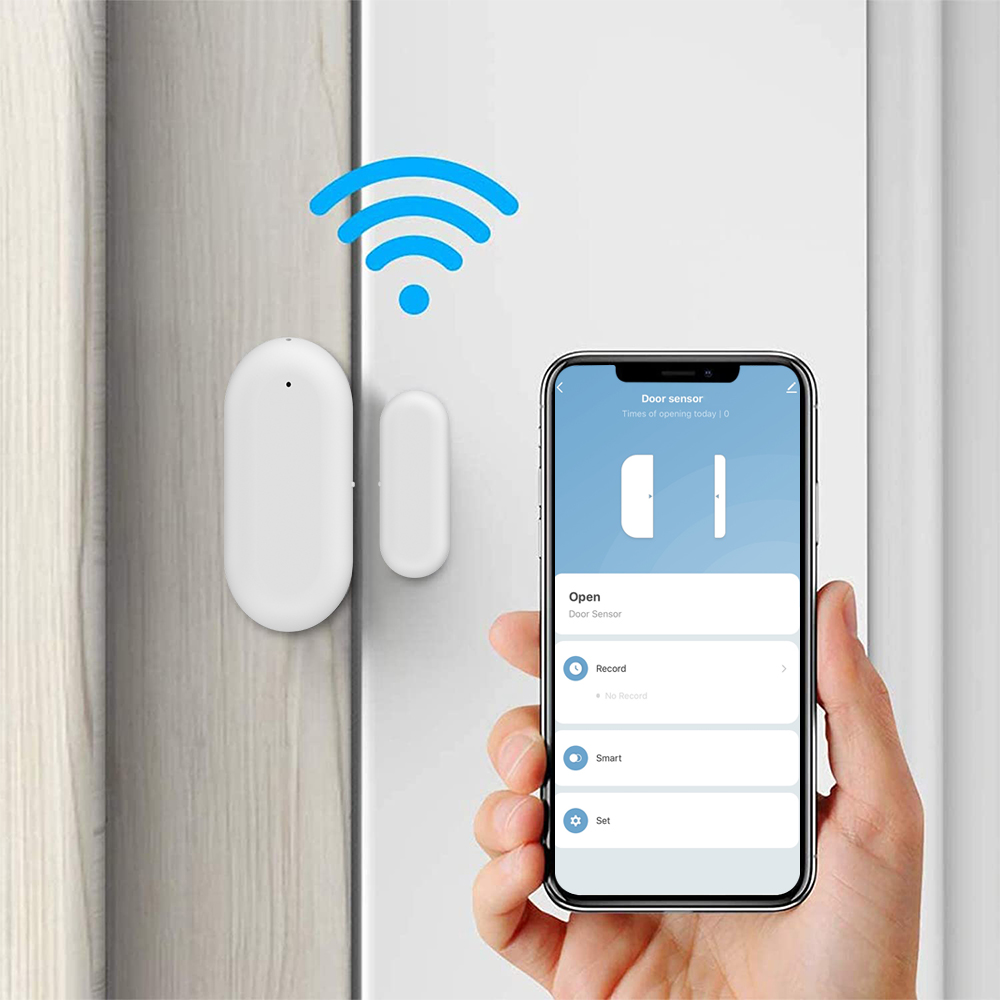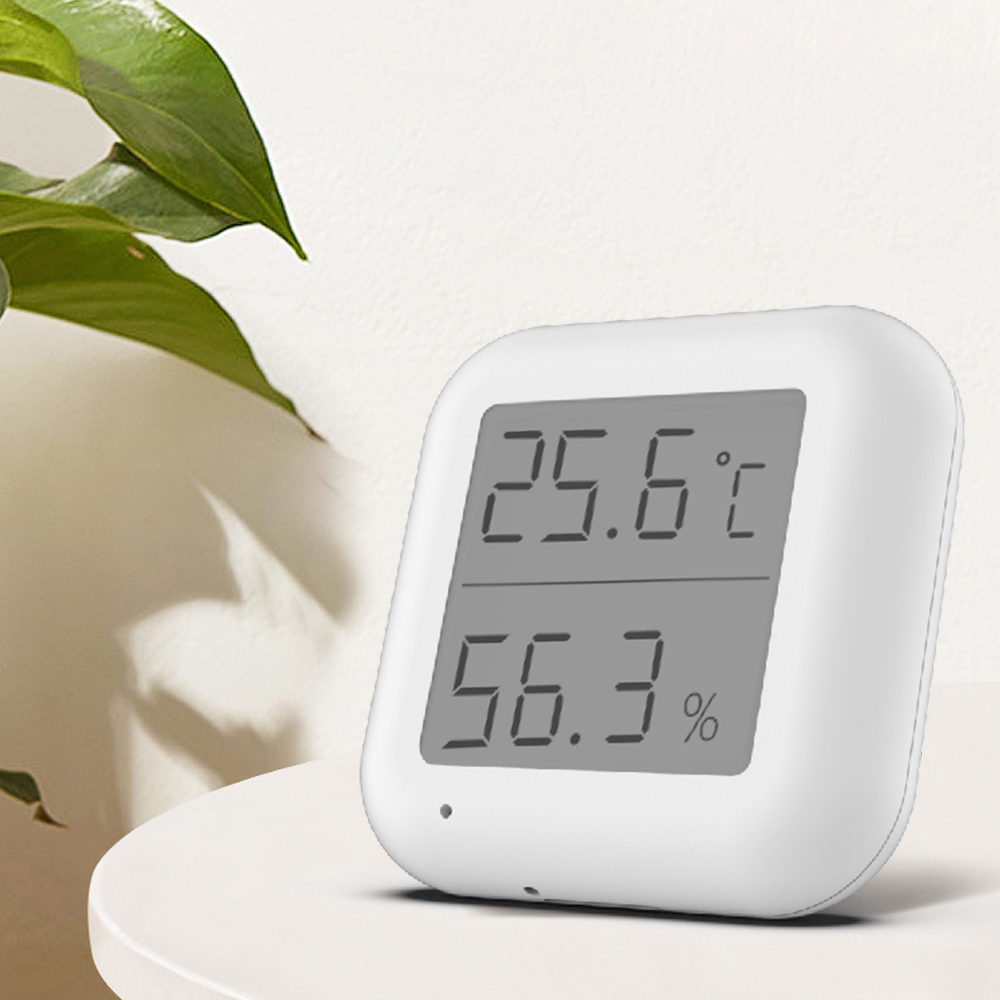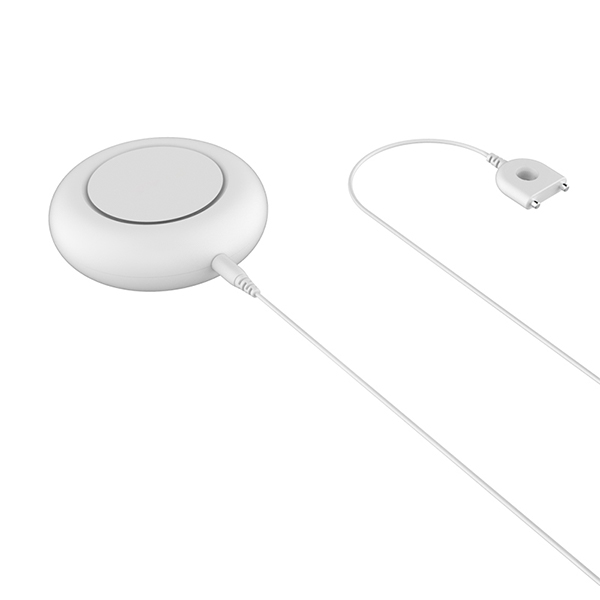
In smart homes, IoT gateways play a central role in the interconnection of various devices and systems. As the backbone of smart home networks, gateways facilitate seamless communication and data exchange between devices such as motion sensors, security cameras, and smart appliances.
As Various vulnerabilities often challenge IoT devices, securing IoT gateways is essential to protecting the entire ecosystem against cyber threats. In this article, we'll explore essential strategies and recommendations for bolstering the security of your IoT gateway configuration.
Role of Gateways in IoT Security
① Definition and function of gateways in IoT
Gateways serve as intermediaries between IoT devices and external networks, facilitating communication and data exchange. They often perform protocol translation, data aggregation, preprocessing, and filtering tasks to bridge the gap between heterogeneous devices and standardize communication protocols within the IoT ecosystem.
These gateways utilize various protocols such as Wi-Fi, Z-Wave, Zigbee, BACnet, and Bluetooth Low Energy (BLE) to establish connections with the cloud. The selection of a specific protocol depends on the application's requirements and specifications. Look for factory provide quality intelligent gateway.
Watch this: What is an IoT gateway and why it is important?
Here are some of the key functions of an IoT gateway:
Data Translation: IoT devices often use different communication protocols. The gateway acts as a translator, converting data between these protocols to ensure compatibility with the cloud.
Security: IoT gateways implement security measures like encryption and authentication to safeguard data transmitted between devices and the cloud from unauthorized access or tampering.
Data Aggregation: Gateways collect and aggregate data from multiple devices before transmitting it to the cloud. This aggregation streamlines data transmission, enhancing efficiency in processing and analysis.
Device Management: IoT gateways facilitate device management tasks such as firmware updates and configuration adjustments, ensuring smooth operation and optimal performance of connected devices.
Edge Computing: Gateways can also support edge computing, processing data near its source rather than in distant cloud servers. This approach improves the responsiveness, security, and efficiency of IoT applications by minimizing data latency and reducing reliance on cloud infrastructure."

② How Does An IoT Gateway Work?
IoT gateways serve as key components in managing and optimizing communication within IoT environments.
Inter-Device Communication Facilitation: As central hubs, gateways bridge communication gaps between devices from different vendors by translating various protocols, ensuring seamless interoperability.
Device-to-Cloud Connectivity: Gateways streamline data transmission to cloud-based infrastructures by aggregating data from multiple devices. They serve as a single interface for interaction with cloud platforms, simplifying data management.
Data Preprocessing: Gateways alleviate bandwidth constraints by preprocessing data collected from IoT devices before transmitting it to cloud platforms. This preprocessing enhances data efficiency and reduces latency.
Enhanced IoT Device Security: Given the susceptibility of IoT devices to security threats, gateways play a crucial role in bolstering security. By acting as a protective barrier between IoT devices and the internet, gateways implement robust security measures to safeguard against unauthorized access and potential attacks.
Intelligent Edge Capabilities: Gateways possess intelligence at the edge, enabling them to comprehend and process data generated by IoT devices locally. This capability empowers gateways to support basic device management functionalities, enhancing operational efficiency.

IoT architecture
③ IoT Gateway Components
IoT gateways consist of key hardware components with common functions, including:
- A powerful processor
- Adequate memory
- Multiple connectivity options
- IoT sensors
- Processors for data processing and analysis
These elements collectively enhance the data throughput of both the gateway and sensor layers, enabling effective functionality across diverse IoT applications. Particularly, the data acquisition layer assumes a pivotal role in managing data packets efficiently.
In addition to hardware, the software components embedded within an IoT gateway device orchestrate the flow of data between sensor nodes, the gateway, and the cloud. These software elements foster secure connectivity and swift communication by interfacing with services and functions across different layers or modules. Consequently, the fusion of hardware and software within an IoT gateway guarantees seamless communication and streamlined data processing.
| Remote control Zigbee/Bluetooth Smart Gateway |
| Features:
Remote control Wide compatibility Easy to install Suitable for outdoor and indoor use |
Common Security Risks in IoT Gateways
① Common security threats faced by IoT gateways
Unauthorized Access: Cyber attackers may attempt to gain unauthorized access to smart home gateways to compromise connected devices, steal sensitive data, or launch further attacks within the IoT ecosystem.
Weak Authentication: Insecure authentication mechanisms, such as default or easily guessable passwords, can leave IoT gateways vulnerable to brute force attacks or credential stuffing.
Denial of Service (DoS) Attacks: Attackers may target IoT gateways with DoS attacks to disrupt communication between devices, rendering them unavailable or causing service degradation.
Data Breaches: Inadequate encryption or insecure data handling practices may lead to data breaches, exposing sensitive information transmitted or stored by IoT gateways.
Malware and Ransomware: IoT gateways may become infected with malware or ransomware, which compromises their functionality, steals data, or encrypts files until a ransom is paid.
Vulnerable APIs: Vulnerable APIs serve as common entry points to command-and-control centers, facilitating various types of attacks including SQL injection, distributed denial of service (DDoS), man-in-the-middle (MITM), and network breaches.
Man-in-the-Middle (MitM) Attacks: Attackers may intercept and manipulate data exchanged between IoT devices and the gateway, potentially altering commands or stealing sensitive information.
Firmware Vulnerabilities: Security vulnerabilities in the firmware of IoT gateways can be exploited by attackers to gain unauthorized access, execute arbitrary code, or manipulate device behavior.
| Door sensor —— smart home zigbee gateway |
| Features:
Your Personal Butler Easy to install Warning notification Long Lifespan |
| Temperature and Humidity Sensor (China ip gateway supplier) —— Zigbee wifi gateway |
| Features:
Concise Display Screen Accurate Display & Wide Application Easy Installation Intelligent Linkage Long standby time |
② Impact of gateway vulnerabilities on IoT ecosystems
a. Compromised Device Security: Vulnerabilities in IoT gateways can compromise the security of connected devices, allowing attackers to gain control over them, manipulate their functionality, or access sensitive data stored on them.
b. Data Privacy Risks: Breaches in IoT gateways can lead to the exposure of sensitive data transmitted or processed within the IoT ecosystem, violating user privacy and potentially leading to regulatory non-compliance.
c. Service Disruption: Exploiting vulnerabilities in IoT gateways can disrupt communication between devices, leading to service downtime, loss of productivity, or even safety hazards in critical IoT applications.
d. Regulatory Compliance Issues: Non-compliance with regulations governing data privacy and security can result in fines, legal penalties, and reputational damage for organizations failing to secure their IoT ecosystems adequately.

Best Practices for Gateway Configuration
① Strong Authentication Mechanisms
To prevent unauthorized access to the gateway, implement strong authentication mechanisms such as username/password combinations, two-factor authentication (2FA), or biometric authentication. In addition, many high quality intelligent gateway factory provide security certificates with their devices and software to verify the products' security level. When installing gateways, only choose those that are secure and seamlessly integrate with existing security protocols.
② Robust Encryption Techniques
Employing strong encryption standards like AES (Advanced Encryption Standard) for securing data transmission between IoT devices and the gateway. This ensures that data remains confidential even if intercepted.
③ Regular Software Updates and Patch Management
Regularly updating gateway software and firmware to address known vulnerabilities and applying patches promptly to mitigate potential security risks, especially smart bluetooth gateway. Automated patch management systems can streamline this process and ensure timely updates.
④ Access Control
Role-based access control (RBAC) allows organizations to establish granular access permissions according to user roles and responsibilities. For example, administrators may have full access to configure and manage the gateway, while regular users may only have access to specific monitoring features. Regularly reviewing and updating access control policies is essential to align with changes in personnel roles and responsibilities.
⑤ Intrusion Detection and Prevention Systems
Deploying intrusion detection and prevention systems (IDPS) to monitor gateway traffic for suspicious activities or anomalies. Integrating automated response mechanisms allows for the real-time mitigation of identified threats.
⑥ Secure Configuration Practices
Strong password policies in best smart home gateway should include requirements for password complexity, length, and regular expiration. Consider using password management tools to store and manage passwords across the organization securely. Turning off unnecessary services and ports on the gateway can reduce the attack surface. Regular security assessments are essential for promptly identifying and addressing any misconfigurations or vulnerabilities.
⑦ Regular Security Audits
According to gateway supplier requirements, periodic security audits are essential for identifying vulnerabilities, assessing the effectiveness of implemented security measures, and ensuring compliance with security policies and standards. This helps proactively identify and address security gaps before they can be exploited.

In conclusion, maximizing security in IoT networks requires implementing robust practices for gateway configuration. By adhering to best practices such as strong authentication mechanisms, encryption, regular software updates, access control and intrusion detection, organizations can enhance their IoT gateways against potential threats. These measures not only safeguard the integrity, confidentiality, and availability of data but also protect against unauthorized access and reduce the risk of security breaches. With careful consideration and implementation of these best practices, ensuring the reliability and resilience of their interconnected devices and systems in smart home.
YOURLITE-- high quality intelligent gateway factory
At Yourlite, we are dedicated to providing comprehensive solutions for smart homes, including a range of gateway products designed to enhance smart home security, such as Bluetooth gateways, zigbee gateway and wireless gateway etc. With our expertise and commitment to innovation, we strive to provide users with a seamless and connected experience of the smart home revolution.
FAQ
Q1: How can I ensure the integrity of firmware on IoT gateways?
Secure Boot Process: Implement a secure boot process on the IoT gateway to verify the integrity of the firmware during startup. Secure boot mechanisms use cryptographic techniques to verify that the firmware has not been tampered with before allowing it to execute.
Code Signing: Digitally sign the firmware images using cryptographic keys. During the boot process, the IoT gateway can verify the digital signature of the firmware to ensure that it has not been altered since the trusted entity signed it.
Secure Firmware Update Mechanisms: Use secure channels and protocols for firmware updates to prevent unauthorized modifications. Authenticate firmware updates using digital signatures or other cryptographic mechanisms to ensure their integrity before installation.
Hardware-Based Security: Utilize hardware-based security features such as Trusted Platform Modules (TPMs) or Secure Elements (SEs) to store cryptographic keys securely and perform secure boot and firmware verification operations.
Regular Auditing and Monitoring: Implement mechanisms to audit and monitor the firmware integrity on IoT gateways regularly. This can include periodic integrity checks, logging of firmware modifications, and alerts for suspicious activities or unauthorized changes.
Firmware Version Control: Maintain a centralized repository for firmware images and implement version control mechanisms to track changes and updates. Ensure that only authorized personnel have access to upload or modify firmware images.
Secure Network Communication: Protect the communication channels used for firmware updates from interception or tampering. Use encryption, authentication, and integrity protection mechanisms such as TLS (Transport Layer Security) to secure firmware transfer over the network.
Implementing these measures can enhance the integrity of firmware on IoT gateways and mitigate the risks associated with unauthorized modifications or tampering.
Q2: What measures can I take to protect against unauthorized access to IoT gateways?
Here are some concise measures to help you protect against unauthorized access to IoT gateways:
Secure Network Configuration: Employ firewalls, VLANs, and network segmentation.
Encryption: Encrypt communication between devices and gateways with TLS.
Access Control: Implement strict access policies based on roles and privileges.
Monitoring: Monitor access attempts and suspicious activities closely.
Regular Updates: Keep firmware and software up-to-date with patches.
Physical Security: Secure physical access to gateways with locked cabinets.
Post time: Mar-22-2024







